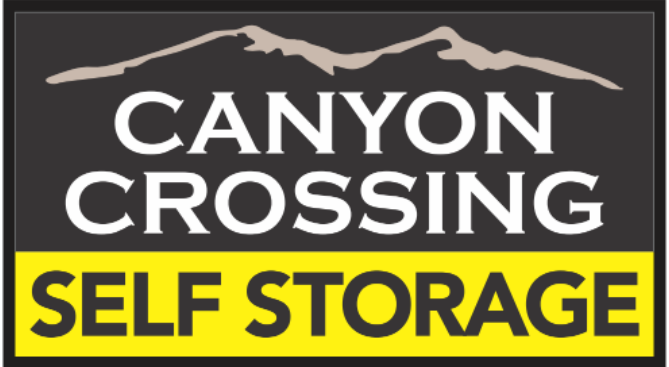5 Essential Tips for Protecting Your Property in Long-Term Self-Storage
You’ve bought the house. You’re taking things on the road. You’re cutting down on the clutter. Whatever life has in store you, you’ve decided that it’s time to put some of your property in long-term self-storage. You may have already found what you feel like is the perfect storage facility for your needs or you may just be keeping items in your own home storage space. Either way, you may not have considered the logistics of maintaining property in storage for a longer duration of time.
We’ve all heard the horror stories of property lost to poor storage techniques: water damage, mildew, damage from pests. The list goes on and on. Luckily, Canyon Crossing Self-Storage is here to help. Consider these five steps to protect your property in long-term self-storage!
1. Assess Your Self Storage Needs
Before placing your items in any storage facility, take a look at what you need to store. Are you planning to store clothing? Kitchenware? Photos? Home decor? Although you often do not have complete control over what you need to place in storage, you can choose how you store your belongings. Start with taking a hard look at your prospective storage items and consider the amount of space that you will need to maintain them. Moving houses or seeking a storage unit is the perfect time to cut down on home clutter, so make a list of the things that you want to keep, sell, donate and toss. You might find that you don’t have so many pieces to store after all! Once you have narrowed your list to what you will be placing in storage, consider categorizing items to make the packing process easier.
2. Invest in the Appropriate Packaging
When you’ve decided what you want to place in storage, don’t neglect to invest in the packaging that will best protect your property. As a general rule of thumb, use sturdy boxes and stay away from plastic bags. Flimsy cardboard boxes deteriorate over time and also risk falling apart during transport. Plastic bags, on the other hand, tend to trap moisture without allowing for its escape. Ideally, items should be kept in plastic air-tight bins that seal out moisture and insects. Label the boxes to help you remember just what waits in each one. For extra protection, cover the floor of your unit with a sheet or a tarp to prevent contact with a damp floor.
3. Care for Each Item Uniquely
All items need to be treated a little differently, but it is a good idea to clean all articles before placing them in storage. Consider these tips for the following categories:
- Clothes: After washing and drying clothes, neatly fold and place them in an air-tight container, alongside desiccant silica gel packets to fight moisture damage.
- Photographs: If possible, print your photos on acid-free photo paper and store them in paper archive boxes.
- Furniture: Clean and polish thoroughly. Disassemble larger sections and leave sitting in the position that you would typically use the piece. Sit furniture on a tarp or other plastic sheeting and loosely cover all pieces of furniture with sheets or blankets.
- Books: Protect books by covering hardcover editions with dust jackets. Wrap books in archive paper and place inside cardboard archive boxes. Store in a space with low light to prevent bleaching!
For added protection for all items, consider renting a unit with climate or humidity control.
4. Create an Inventory List
If you’re concerned about stolen, damaged or misplaced property, create an inventory list of what you have in storage. This way you will know exactly what awaits you when you enter your unit. On the list, you can mention each item and the items that you’ve stored together. If you want to be even more precise, you can describe the storage packaging for your belongings, diagram their placement in the unit, or take pictures to help confirm where all of your property is stored.
5. Choose your unit wisely!
Choosing a secure storage unit that meets your storage needs eliminates half of the battle in storing property long-term. When seeking a unit, be sure to consider factors like the types of storage offered by your prospective facility and the proximity of the facility to your home. Above all, it is important to find a unit that is willing to work with you to meet your needs! That’s where Canyon Crossing Self-Storage can help.
At Canyon Crossing, we pride ourselves on providing a secure, affordable storage experience that meets the diverse needs of our thriving community. Located just off of I-84 and Highway 2-/26 in Caldwell, Idaho, our facility is just a short 5-minute drive from the College of Idaho. We are also able to serve the surrounding areas such as Middleton, Moss, Fischer, Enrose, and Weitz. We conveniently offer online-bill pay and 24-hour unit access, all while keeping your unit secure with constant video surveillance and a coded gate entry, giving your property the protection that it needs and offering you the reassurance that you deserve.
Think Canyon Crossing Self-Storage is the storage facility for you? Book your unit online today!
